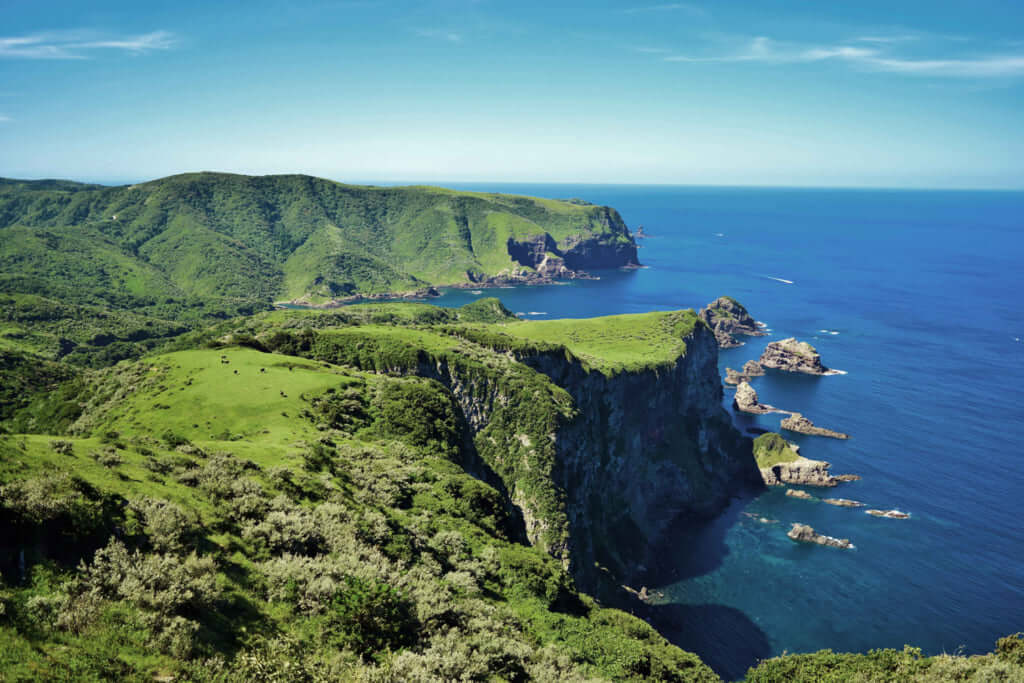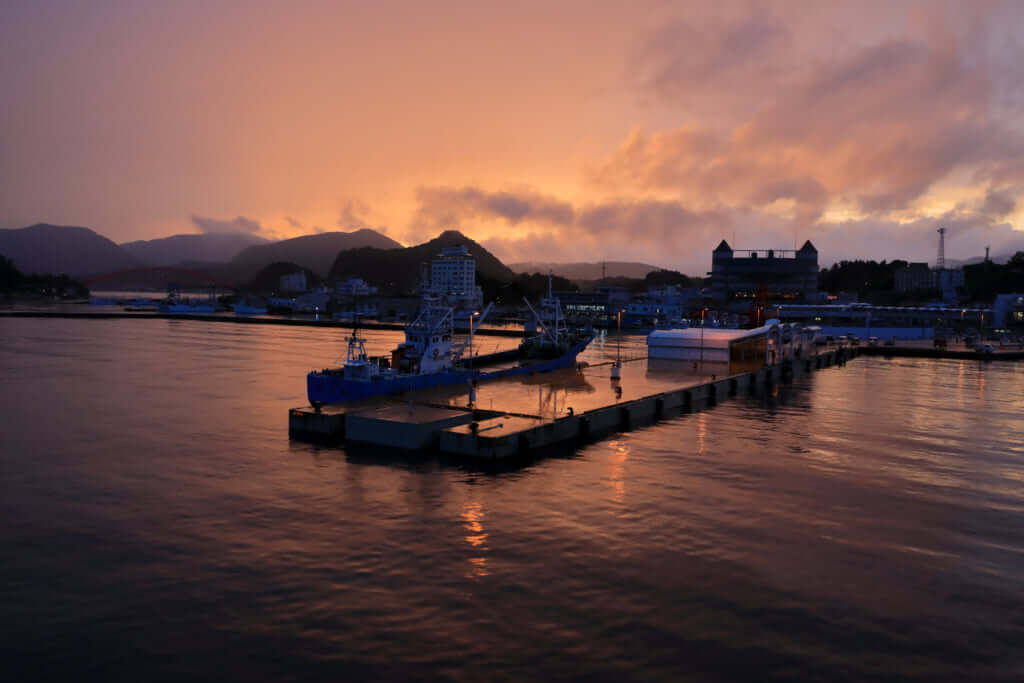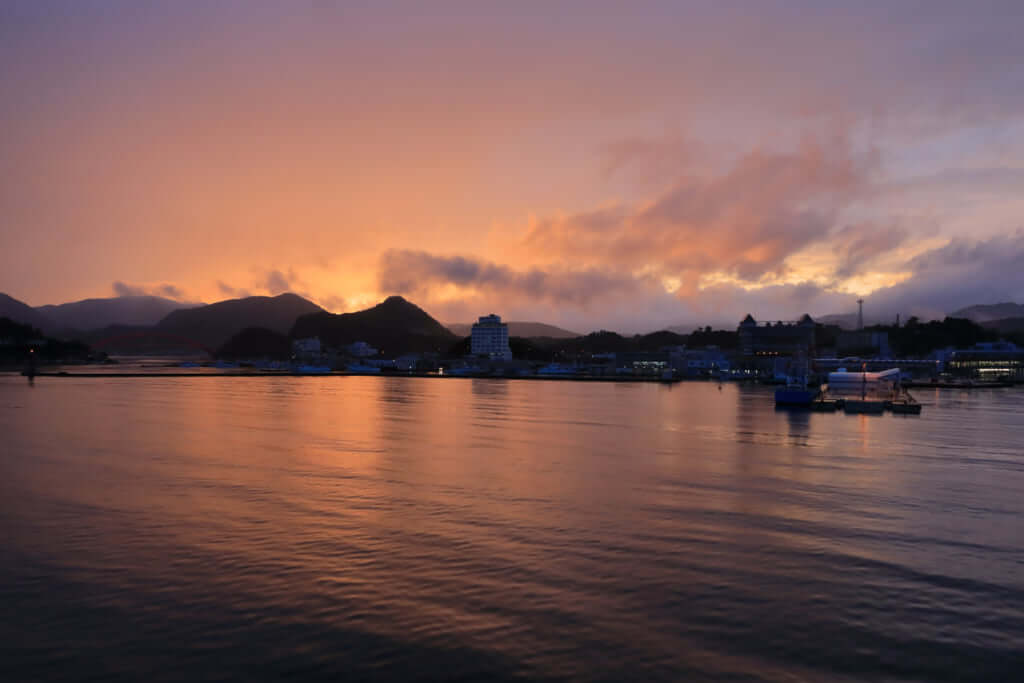Escape to the Wild Oki Islands
The 'faraway islands': there is no better name for this string of 180 islands, just four of which are inhabited.

©wikicommons
Situated around sixty kilometres from the city of Matsue in Shimane prefecture, the Oki Islands, surrounded by the Sea of Japan, offer a little piece of paradise for nature lovers and those who are keen to disconnect from everyday life. The 20,000 residents spread over the islands of Dogo, Nishinoshima, Nakanoshima and Chiburijima will welcome visitors with open arms, but access to these islands is something that has to be earned. There is no bridge that allows visitors to reach these remote islands from the mainland. Instead, there are two options: to take a one-hour flight from Osaka to Dogo on a little plane with just fifteen seats, or to take the ferry, which is the option preferred by locals and will take you there in three hours from Matsue.
Those discovering the Oki Islands can expect to be immersed in nature, and also to get a taste of Japanese history because the islands were used by Japanese nobles as lands of exile for emperors banished from power, such as Emperor Go-Toba (1180-1239) and Emperor Godaigo (1288-1339). These islands with sheer cliffs were therefore passed on with changes in the ruling clan, before ending up under the shogunal control of the Matsudaira clan from Matsue and, thus, entering Shimane prefecture in 1876.
With their sometimes brutal, sometimes lush nature, fishing villages and rich cultural life, the Oki Islands have been listed as one of UNESCO’s Global Geoparks.

©Jesse Ramnanansingh
Keeping Japanese traditions alive
On these four islands, where residents earn their living primarily from fishing, rice growing and, in small part, tourism (as, until now, it has been mainly local), traditions have been perpetuated fiercely. It is not uncommon to have the chance to witness ancient sumo combat, a real ceremony for the gods, which takes place after nightfall. The primary rule is that the winner of the first combat must feign defeat in the second; this is the best way the organisers have found to preserve the harmony that reigns over the islands. Residents also participate in various festivals throughout the year, with spring and summer being the peak periods.
To get around the islands, it’s best to hire a car in advance, as this allows you to explore the places a little further off the tourist track. However, it is also possible to get around by bus (although the network only covers a small distance) or even taxi. Sports enthusiasts might even wish to hire a bike. The islands themselves are linked by a ferry service which runs throughout the year, albeit at a discontinuous rhythm in winter as the wind is too strong.

©Koura Printing Co.
Oki Islands: the essentials
Dogo Island will delight keen hikers, offering walks in the heart of the forest or at the foot of the cliffs. The Tamawakasu-mikoto shrine is a must-see, with a majestic oak tree inside that is over 30 metres tall and 2000 years old. This is where the Gorei-furyu festival takes place every year, during which eight sacred horses are allowed to run through the shrine.
Certain parts of Nishinoshima Island have a Mediterranean island feel to them. This is especially true of the west coast, where the Matengai cliffs and the Kuniga Shrine give visitors the impression of having been transported to the Cyclades.
Nakanoshima’s main asset lies in its incredible sea floors that can be admired from the Amanbow, a boat with large picture windows, which allows travellers to discover the underwater flora and fauna without needing to enter the water. Last but not least, Chiburijima, the smallest and most rugged of the four islands, offers a volcanic and mountainous terrain. It has some spectacular surprises in store for visitors, such as its ochre cliffs, the bright red colour of which is due to their having been splashed by hot lava.

©Koura Printing Co.
TRENDING
-
A House from the Taisho Era Reveals Its Secrets
While visiting an abandoned building, Hamish Campbell discovered photographs the owner had taken of the place in the 1920s.

-
The Taboo-Breaking Erotica of Toshio Saeki
The master of the 1970s Japanese avant-garde reimagined his most iconic artworks for a limited box set with silkscreen artist Fumie Taniyama.

-
With Meisa Fujishiro, Tokyo's Nudes Stand Tall
In the series 'Sketches of Tokyo', the photographer revisits the genre by bringing it face to face with the capital's architecture.

-
Masahisa Fukase's Family Portraits
In his series ‘Family’, the photographer compiles surprising photos in which he questions death, the inescapable.

-
Hajime Sorayama's Futuristic Eroticism
The illustrator is the pioneer for a form of hyperrealism that combines sensuality and technology and depicts sexualised robots.





